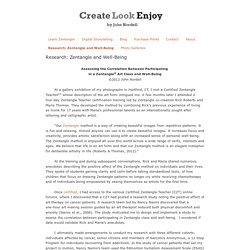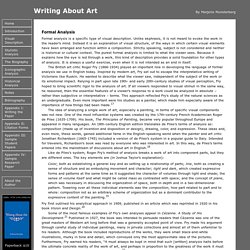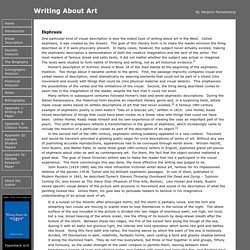

Finding Your Spirit Animal.
Research: Zentangle and Well-Being. Assessing the Correlation Between Participating in a Zentangle® Art Class and Well-Being ©2012 John Nordell At a gallery exhibition of my photographs in Hartford, CT, I met a Certified Zentangle Teachertm whose description of the art form intrigued me.

A few months later I attended a four-day Zentangle Teacher certification training led by Zentangle co-creators Rick Roberts and Maria Thomas. They developed the method by combining Rick’s previous experience of living as monk for 17 years with Maria’s professional talents as an internationally sought after lettering and calligraphic artist. "Our Zentangle method is a way of creating beautiful images from repetitive patterns. At the training and during subsequent conversations, Rick and Maria shared numerous anecdotes describing the positive affect of the Zentangle method on individuals and their lives.
Cohort One: Members of Narcotics Anonymous, a 12 Step Program for individuals recovering from addictions. Ekphrasis: Joan Miró by Shuzo Takiguchi. The wind’s tongue.

The always clear cobalt sky bit at your painting. In a prehistoric poster. Formal Analysis - Writing About Art. Formal Analysis Formal analysis is a specific type of visual description.

Unlike ekphrasis, it is not meant to evoke the work in the reader’s mind. Instead it is an explanation of visual structure, of the ways in which certain visual elements have been arranged and function within a composition. Strictly speaking, subject is not considered and neither is historical or cultural context. The purest formal analysis is limited to what the viewer sees. The British art critic Roger Fry (1866-1934) played an important role in developing the language of formal analysis we use in English today. The idea of analyzing a single work of art, especially a painting, in terms of specific visual components was not new. Like de Piles’s system, Roger Fry’s method of analysis breaks a work of art into component parts, but they are different ones. Fry first outlined his analytical approach in 1909, published in an article which was reprinted in 1920 in his book Vision and Design.20.
Ekphrasis - Writing About Art. Ekphrasis One particular kind of visual description is also the oldest type of writing about art in the West.

Called ekphrasis, it was created by the Greeks. The goal of this literary form is to make the reader envision the thing described as if it were physically present. In many cases, however, the subject never actually existed, making the ekphrastic description a demonstration of both the creative imagination and the skill of the writer. For most readers of famous Greek and Latin texts, it did not matter whether the subject was actual or imagined. Homer’s description of Achilles’ shield in Book 18 of the Iliad stands at the beginning of the ekphrastic tradition. Many writers in subsequent centuries followed Homer’s lead and wrote ekphrastic descriptions. In the second half of the 18th century, ekphrastic writing suddenly appeared in a new context. John Ruskin (1819-1900) was the most influential Victorian writer about art, famous for his impassioned defense of the painter J.M.W.
Printing « Pixels Foto & Frame eshop. Rogan Brown - Paper Sculptures. Gle URL Shortener. Visual Arts Lessons. VideoGrabby: Youtube Downloader & Youtube to MP3 Converter - This Free Youtube video downloader online allows you to download Youtube videos / Youtube MP3 easily. Also supported: Vimeo, Soundcloud, Vine, Facebook and many others. Blendspace- Login & Registration. Zaption- Login. Haiku. Explore Macro Insect Photography in Macro Photography: Insects. Master macro photography and reveal the world of insects with striking imagery!

If you thought you had to travel to exotic locales to photograph captivating subjects, think again. Award-winning conservation photographer Clay Bolt shows you how to find, approach and photograph fascinating insects in your own backyard with spectacular results. Learn to work with available light and shallow depth of field to create crystal-clear images. Explore a variety of off-camera flash setups to enhance color and texture, increase sharpness and freeze motion. Use wide-angle macro lenses to create surreal images that showcase your subject and its habitat, and get Clay’s expert tips for successfully photographing insects in flight. Lesson plan Lesson 1. Meet your instructor, natural history photographer Clay Bolt, and uncover the world of macro photography.
Lesson 2. Lesson 3. Clay reveals how using one, two and even three off-camera flashes can really highlight your tiny subjects.